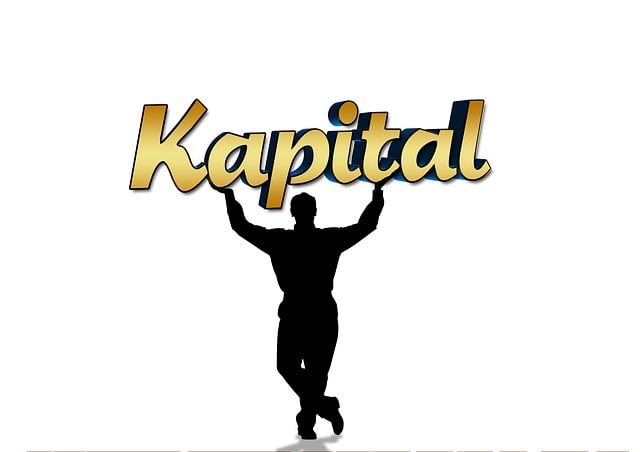Debt restructuring and debt review are two different strategies for managing finances. Restructuring reworks existing debts, adjusting terms like interest rates and repayment periods to simplify payments and reduce the overall burden. In contrast, a debt review focuses on understanding and analyzing an individual's financial situation to provide guidance for better money management practices. While both aim to resolve debt issues, restructuring directly modifies debts, while review empowers individuals to make informed decisions for long-term enhanced creditworthiness.
Navigating the complexities of debt can be overwhelming. Understanding the nuances between Debt Restructuring and Debt Review is crucial for making informed financial decisions. This article offers a comprehensive guide to both options, breaking down their definitions, processes, benefits, considerations, and ideal candidates. Whether you’re looking to restructure or review your debt, knowledge is the first step towards financial freedom. Learn how each approach can help you manage and reduce your debt burden.
Debt Restructuring: A Comprehensive Guide

Debt restructuring involves a thorough reworking of an individual’s or organization’s existing debt obligations. It’s not merely about reducing interest rates, but achieving a more manageable and sustainable financial structure. This process typically entails renegotiating terms with creditors, often leading to changes in loan amounts, maturities, and interest rates. The end goal is to simplify payments, lower overall debt burden, and provide long-term financial relief.
When considering debt restructuring, it’s crucial to understand that it demands a comprehensive approach. This includes evaluating the current financial situation, identifying feasible solutions, and making strategic decisions tailored to individual or organizational needs. Unlike a debt review, which focuses on assessing and understanding the scope of debt, restructuring actively transforms the debt landscape, offering a fresh start and improved cash flow management.
– What is debt restructuring?

Debt restructuring is a strategic financial maneuver that involves altering the terms and conditions of existing debt obligations. This process aims to make the debt more manageable for borrowers by adjusting key elements such as interest rates, repayment periods, or loan amounts. Restructuring can take various forms, including consolidating multiple debts into one with more favorable terms or modifying the structure of individual loans to suit a borrower’s financial capabilities better. It is particularly appealing in situations where a borrower is struggling with debt payments but does not necessarily require a complete debt elimination.
When considering Debt Restructuring Vs Debt Review, it’s crucial to understand that while both options address debt-related challenges, they differ significantly. Debt review, on the other hand, typically involves a thorough analysis of an individual’s financial situation to assess areas where borrowing and spending habits can be improved. It offers guidance and strategies for better money management but does not directly modify existing debts. The focus is on empowering individuals to make more informed financial decisions, potentially leading to enhanced creditworthiness over time.
When faced with overwhelming debt, individuals often seek solutions like debt restructuring or debt review. While both aim to alleviate financial strain, they differ significantly. Debt restructuring involves altering the terms of your existing debt, typically through a formal process with creditors. This approach is ideal for managing substantial debt burdens and offers long-term relief. On the other hand, debt review focuses on evaluating and analyzing one’s financial situation to create a management plan. It provides a more immediate, strategic approach to tackling debt without necessarily restructuring existing agreements. Understanding these choices is crucial in making informed decisions about one’s financial future, especially when exploring options for managing or reducing debt.







